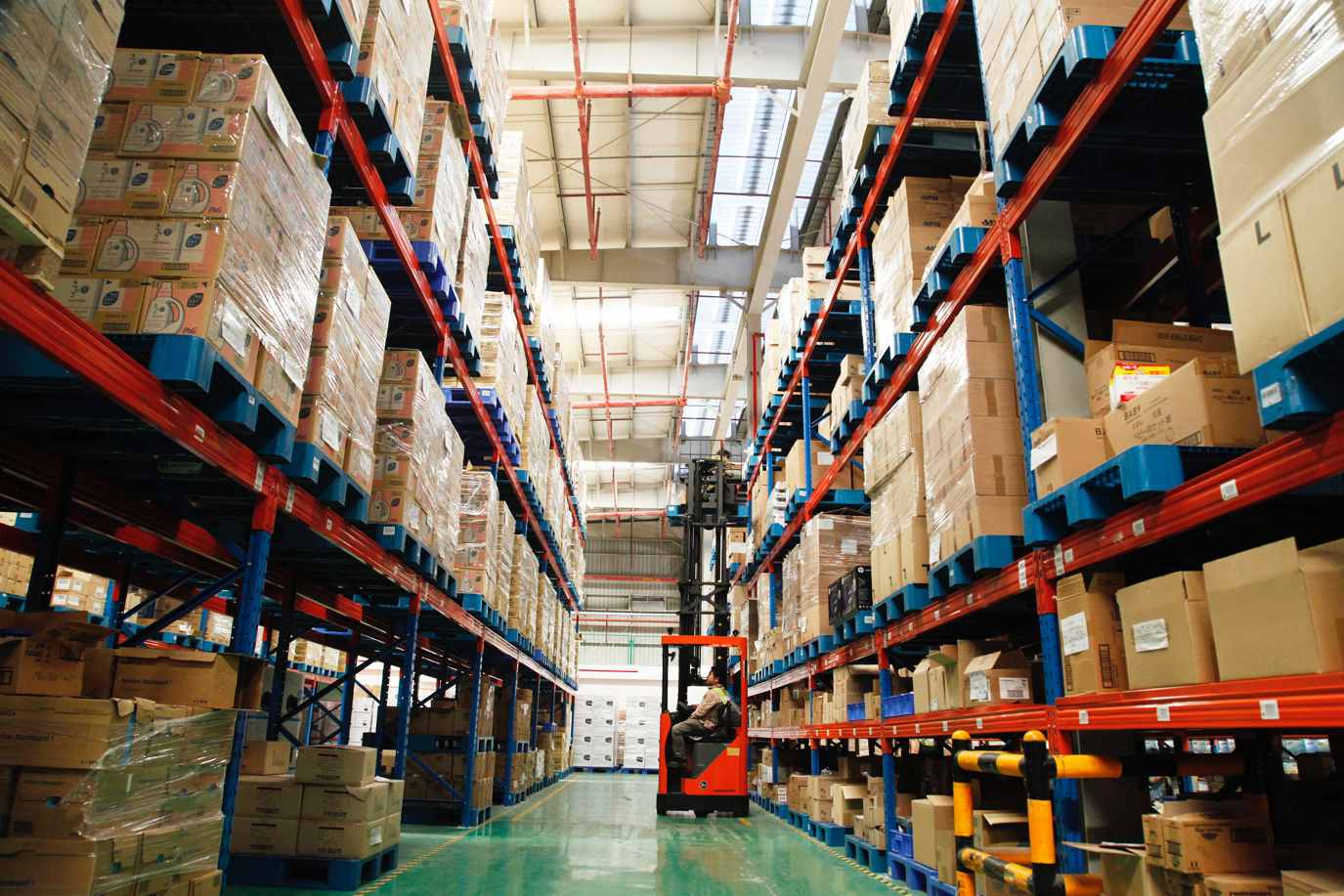
Business
21:40, 21-Sep-2018
WEF expert: Rural China has tremendous e-commerce opportunities
Updated
21:16, 24-Sep-2018
By CGTN’s Yao Nian
04:46

The future of e-commerce in China will increasingly occur in rural, inland regions where there is still tremendous room for growth, Ziyang Fan, head of digital trade of the World Economic Forum (WEF) told CGTN in an exclusive interview at the Summer Davos in Tianjin.
E-commerce in rural China
“There are tremendous opportunities for e-commerce growth in rural and inland regions of China,” Fan told CGTN. Because “about 50 percent of China's population still live in the countryside, and a lot of them are living in west, inland China.”
“There are three ways I can see the e-commerce growth in the countryside,” said Fan. “There are typically three bottlenecks for e-commerce [in rural China], access to the Internet, payment, logistics,” he said.
Fan explained that the Chinese government has done a lot in Internet infrastructure construction, while Chinese companies are scaling up rural-focused platforms, like Alibaba's “Rural Taobao”.

Delivery staff are working at a Rural Taobao branch in Anhui Province, east China on Nov. 4, 2015. /VCG Photo
Delivery staff are working at a Rural Taobao branch in Anhui Province, east China on Nov. 4, 2015. /VCG Photo
He added that logistics companies are also planning for drone delivery. For example, JD has announced plans to build 185 drone airports in southwest China for delivery of packages.
Fan also talked about digital influence that can boost e-commerce growth in countryside. “Why not we have e-commerce Zhao Benshan?” Fan said. Zhao Benshan is a famous Chinese comedian. “So he can talk about what best type of tractors or fertilizers to buy.”
The third way for growth lies in digital trade in services, education or medicine. “If you are in the countryside and you don't have a hospital, you have mobile phone where you can interact with doctors in the city,” Fan told CGTN.
China leads global e-commerce
China leads in e-commerce worldwide as over 40 percent of the global e-commerce transactions currently take place in China alone, significantly up from only one percent about a decade ago, according to Fan.
In 2016, the market size of cross-border retail e-commerce sales in China was 78.5 billion US dollars, while that sum is expected to exceed 140 billion US dollars by 2021, according to Fan.
The country has also been setting up new cross-border e-commerce pilot zones in 13 cities since 2015, which have provided simplified regulations for cross-border e-commerce imports and exports, according to Fan.

A cross-border e-commerce warehouse in Guangzhou, south China. /VCG Photo
A cross-border e-commerce warehouse in Guangzhou, south China. /VCG Photo
As technologies move so fast and regulations move so slow, “the biggest challenges are our daily regulation by policies and laws,” Fan stressed.
China passed its first e-commerce law in late August, which is a milestone in regulating e-commerce infrastructure. “E-commerce has made progress in transparency, protection of consumer rights and intellectual property,” Fan told CGTN.
(Video made by CGTN's Qi Jianqiang.)

SITEMAP
Copyright © 2018 CGTN. Beijing ICP prepared NO.16065310-3
Copyright © 2018 CGTN. Beijing ICP prepared NO.16065310-3